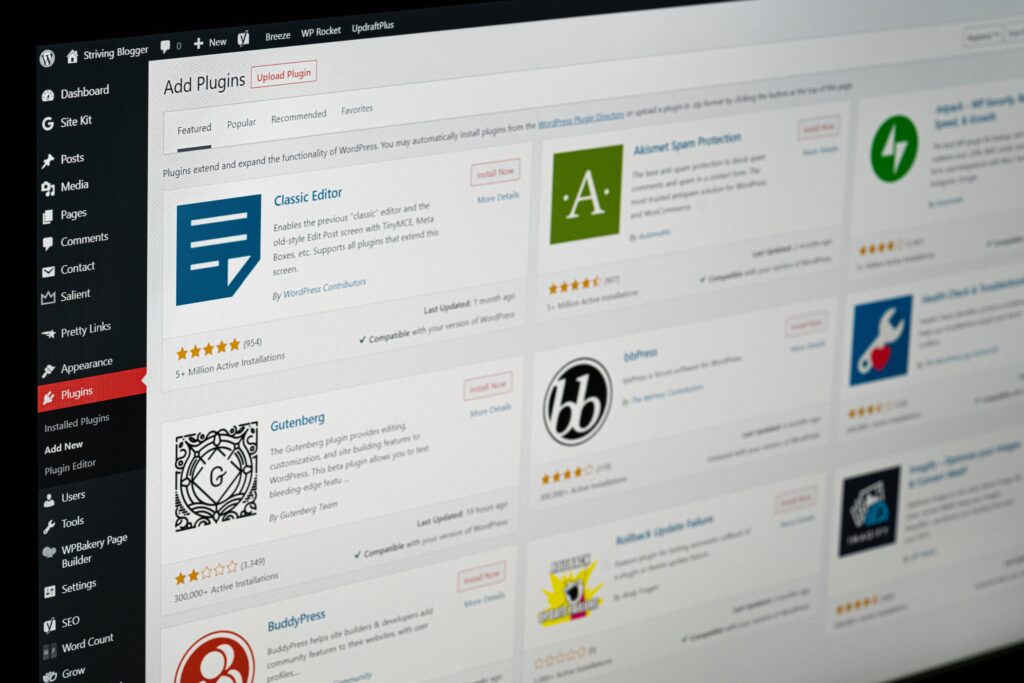Next-gen software development is the catalyst of digital transformation, but how can it be harnessed to elevate your organisation above the competition?
Next-generation software development
In the past few years, organisations have seriously reevaluated their digital offering.
This is perhaps partly due to recognition of the necessity of a robust digital platform as a result of the covid pandemic.
Additionally, there’s also a drive in users’ demands for more authentic, personalised and dynamic online experiences.
It is therefore encouraging that software development, the catalyst which plays an intrinsic role in this desire for digital transformation, is ever-evolving to meet these needs.
With each evolution comes new products, services, and subsequently opportunities for organisations to accelerate their online presence to compete in an increasingly competitive marketplace.
The key for organisations however, is to keep on top of these emerging opportunities and identify which can be leveraged to make their business more successful.
With that in mind, we’re looking at next-generation software developments and how these can be utilised by organisations to level-up their digital experiences.
What exactly is next generation software development?
The aim of software development is to identify and create software that helps organisations to meet unique business objectives and elevate their offering.
So, put simply, next generation software development refers to the next iteration or forthcoming stage of this new technology.
But how can software development benefit your organisation?
- It can help to distinguish your organisation from competitors
- Improve and streamline processes, inclusive of customer service
- Increase customer engagement
- And aid in the effective promotion and marketing of your organisation
So with that in mind, let’s review some next-gen software and understand how it can be applied to your organisation.
Low code / No-Code Platforms
Low code and no-code platforms is a software development approach requiring very little, if any, programming skills to quickly build a digital application or interface.
It’s somewhat a misnomer, because there’s plenty of coding involved, but this is largely invisible to the ‘front-end’ organisation users.
Instead, those front end users can use drag and drop style functionality to build highly customisable websites, mobile apps or other user interfaces.
Whilst the terminology may sound confusing, you’ll certainly recognise some examples of low-code applications, such as our favourite, WordPress and other platforms such as Wix, Squarespace and Weebly.
What are the positives and negatives of low code / no-code platforms?
The beauty of low code / no-code platforms is the accessibility to non technical users as it requires minimal, to no coding at all.
But this isn’t to say that there isn’t code involved, as there’s lots behind the scenes.
This code will still need to be maintained, to prevent security vulnerabilities.
And this is largely down to the platform provider as they’ll have control over the source code.
But generally this type of platform is more efficient in terms of diagnosing and resolving issues.
It’s also very fast, with a study by Capegemini surmising that it was 5.5x faster than traditional code.
This means that it’s easily adapted to changing requirements, ensuring that you stay ahead of the competition.
However be aware, you’re often reliant on the functionality and plugins available in the platform, which may not always be as flexible as you’d like.
The decision to adopt these platforms as part of your digital strategy is your organisation’s decision alone.
But they’re definitely growing in popularity, with a study by Gartner stating that “by 2024, low-code application development will be responsible for more than 65% of application development activity”.

AI and Machine learning
Whilst AI and machine learning are very closely connected, they’re not the same.
AI solves tasks that require the input of human intelligence.
Whereas Machine learning refers to the development of computer systems that, without following explicit instructions, are able to learn and adapt, using analysis and algorithms to identify patterns in data.
To summarise, Machine learning is somewhat of a subset of AI.
Examples of machine learning from your everyday life include:
- Smart speakers, such as Amazon Echo and Google Home
- Face recognition, or People you may know suggestions on social media apps such as Facebook
- Search engine result refining, provide suggested content on Google, Yahoo etc by leveraging your search behaviours
But why is machine learning so prevalent in the software development world?
As such, the beauty of machine learning is that it can be utilised by businesses in a multitude of different ways.
Whether that is analysing consumer behaviour data to create more targeted marketing campaigns.
Harnessing artificial intelligence tools to create engaging content and ads, or to power an automated Live Chat to assist customer service efforts.
To analyse market and consumer data to create strong business plans.
It can even be used to analyse patterns and find anomalies in your organisations security defences to prevent cyber attacks.
And considering we live in a world where a cyberattack happens every 39 seconds, that’s an incredibly useful function for any organisation.
What are the positives and negatives of machine learning?
So let’s delve into the good and bad points of this particular technology.
Initially, it’s going to be a laborious, expensive and time consuming process.
Not only are you going to need the assistance of a trained professional (which will likely come at a cost), but you’re also going to need clean, accurate data or the output will be unfit for purpose.
But once you are underway, you have a self-driven and self-reliant function that can analyse data quickly and easily, far more efficiently than a human counterpart.
It’s versatile too, with the ability to apply it to a wide range of business practices.
Much like low code or no code platforms, machine learning is another software development that is getting more powerful and increasingly affordable as it adapts with 83% of organizations increasing their AI and machine learning budgets since 2019.
But, given the recent rise of ChatGPT, an artificial intelligence chatbot, this technology is currently experiencing significant controversy.
The chatbot has caused a stir amongst tech giants and scientists alike, calling for a pause on its development to properly assess the risk it poses as a technological risk to humanity.
So may be best to just observe from the sidelines for now… at least for the time being.

Augmented reality experiences
Augmented reality is technology that puts a computer generated image onto the ‘real world’.
Whilst AR was invented in 1968, it was the Pokemon GO craze of 2016 that really catapulted AR into the spotlight.
But there’s a misconception around AR that it exists purely in the entertainment industry.
But the truth is, it is all around us in our everyday lives, albeit maybe in its simplest forms.
Take the news for example, whereby the reporter stands beside AR generated graphs that animate according to the narrative.
Whilst it’s true that utilising AR software for your business requires an investment in time and money, the stats support the idea that these are the experiences a consumer is looking for.
For example, a recent study by threekit shows that 61% of consumers say they prefer retailers with AR experiences.
Equally, threekit also surmises that AR product experiences are 200% more engaging as they deliver double the levels of engagement compared to their non AR equivalent.
It’s therefore no wonder why businesses are keeping an eye on this software.
What are the positives and negatives of VR/AR?
VR and AR provides an overall more enhanced and engaging experience.
Think AR changing-rooms,checking that a new carpet works in your space or that a particular piece of furniture ties in with the decor.
Consumers are customising and engaging with your products without leaving the comfort of their sofa.
Even for non-tech-savvy users, it’s an incredibly easy to use feature (if done correctly), serving information in a quick and efficient way.
You will pay for quality though and generally low cost means low quality, so if you’re considering investing, make sure it aligns with your vision for the finished product.
Just remember not to push out those users who perhaps aren’t comfortable using said technology.
Some may consider this as unsafe or untrustworthy, especially when asked to share images of their home etc as they may consider it a breach of privacy.
Our takeaways
An organisation’s success is rooted in its ability to adapt to a changing audience, social and economic environment and adopt new technologies.
But innovation for the sake of innovation isn’t enough.
As a web agency, we understand the necessity for organisations to adopt sustainable software technologies that will maximise productivity, efficiency and meet the demands of the modern day user.
And with new software being developed and released constantly, it’s never been more important for organisations to consistently review their digital offering and implement new features, so as to not fall behind the competition.